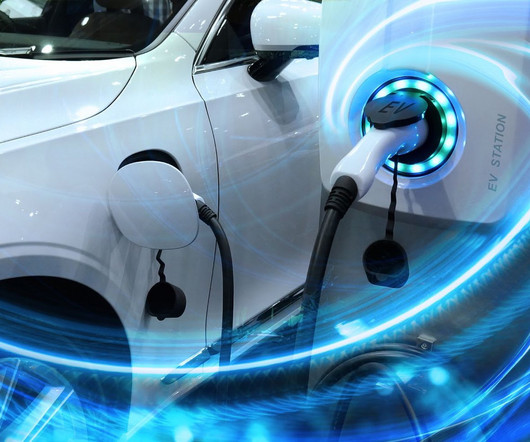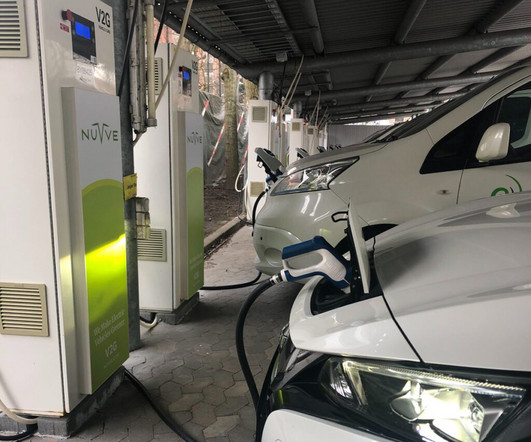Envia Systems Awarded $4M ARPA-E Grant and $1M California Energy Commission Grant for Advanced Li-ion Storage for Vehicles
Green Car Congress
MARCH 16, 2010
Envia Systems has been awarded a $4 million grant from the US Department of Energy’s Advanced Research Projects Agency-Energy (ARPA-E) and another $1 million from the California Energy Commission (CEC) to support development of high energy density Li-ion storage technology, targeted at plug-in hybrid and electric vehicles. Earlier post.).













Let's personalize your content